A.D.A.
 Prev
PrevAs envisioned by the great master, Umberto Riva, the A.D.A. lamp takes shape, as often occurs, from other forms. Then, little-by-little, during the design and engineering stages, it is transformed and, in some regards, simplified, until it achieves its final look, reminiscent of the archetype of a table lamp. Uncomplicated, the lamp’s anatomy is formed by two truncated cones joined by a plate. Its strength derives from the material: tinted fiberglass which, illuminated from within, is translucent and offers a glimpse of the fibers from which it is made, lending texture to the light. The name A.D.A. draws a parallel between the shape of the object and the sound of the word. Made up of two A’s, Ada is the shortest symmetrical feminine name, just as the lamp’s two conical structures are a geometrical play on the same letter.
Cod. OADA48
Ø 48 H 51 cm
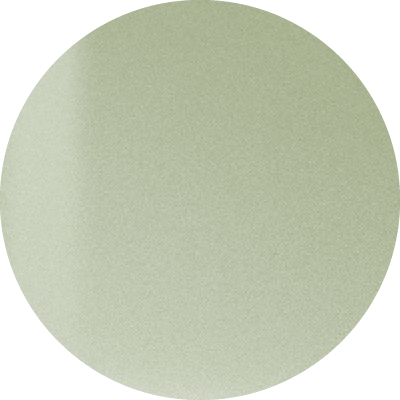
T127
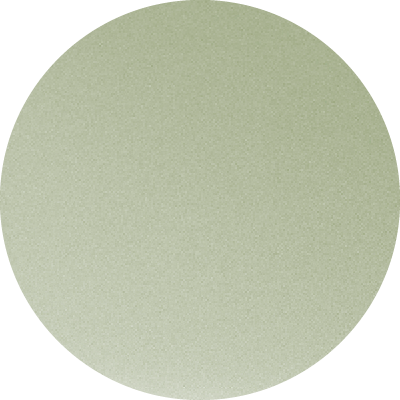
T129
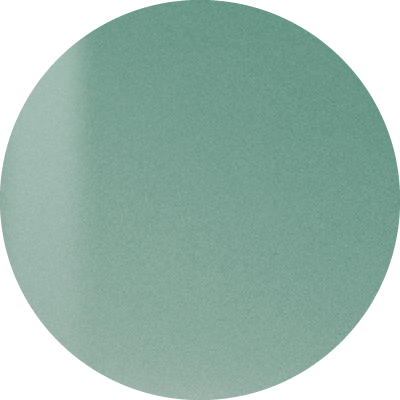
T131
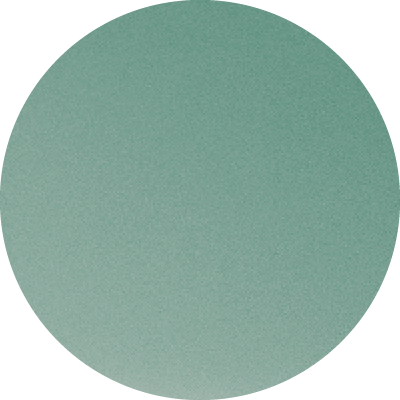
T133
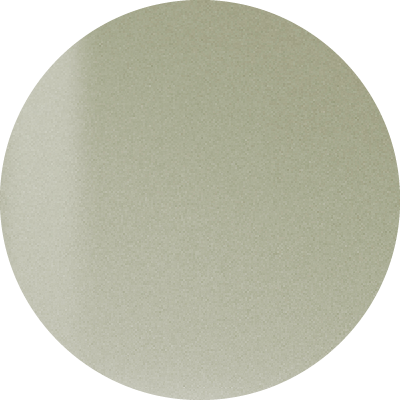
T126
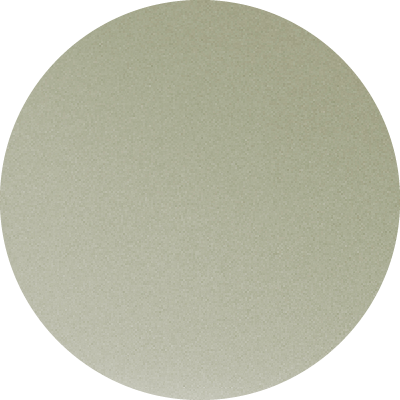
T128
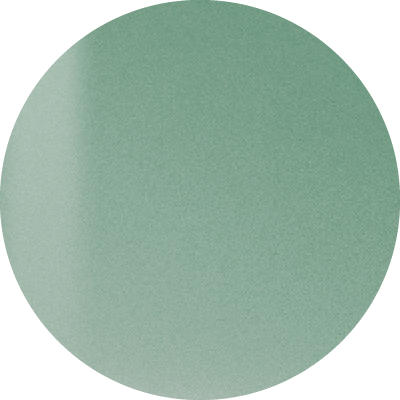
T130
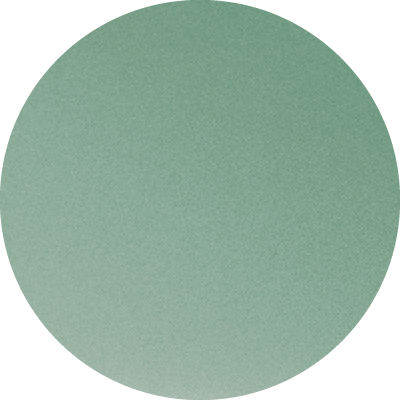
T132
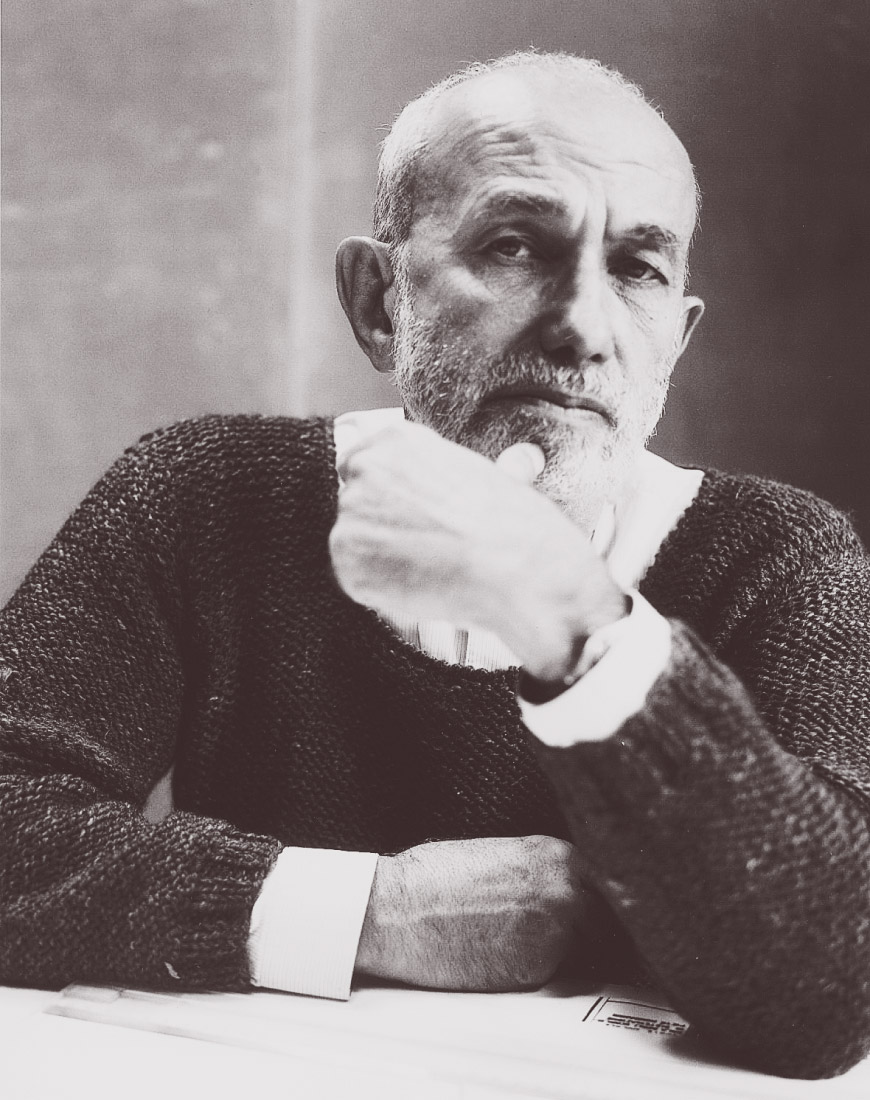
Umberto Riva
A master of lighting, Umberto Riva was born in Milan in 1928 and has worked in design since 1960. Having studied with Carlo Scarpa, Riva pursued his own personal research process via the most widely differing disciplines, from urban spaces to buildings, landscape to interiors, outfitting to the design of lamps and furniture. His most important creations include Casa Frea in Milan, considered to be one of his masterpieces, the redevelopment of Piazza San Nazaro in Milan, restoration of the historic Caffè Pedrocchi in Padua, the design for the work on the Viale del Ministero degli Esteri and Piazza della Farnesina in Rome, the Biblioteca Europea at Porta Vittoria in Milan, the thermal power plants in Catanzaro and Campobasso and a long line of houses, from Milan to Sardinia and Puglia, as well as various designs of lamps and furniture for the biggest names in Italian design. The more recent works include the church of San Corbiniano in Rome, outfitting of the exhibition L’Italia di Le Corbusier at the MAXXI in Rome and the solo show at the Canadian Centre for Architecture in Montreal, Canada. Considered an out-of-the-ordinary architect, Riva has retained an artisan dimension in architecture and design work. His designs are “born drawn”, pencil sketches of a pure and poetic research.

